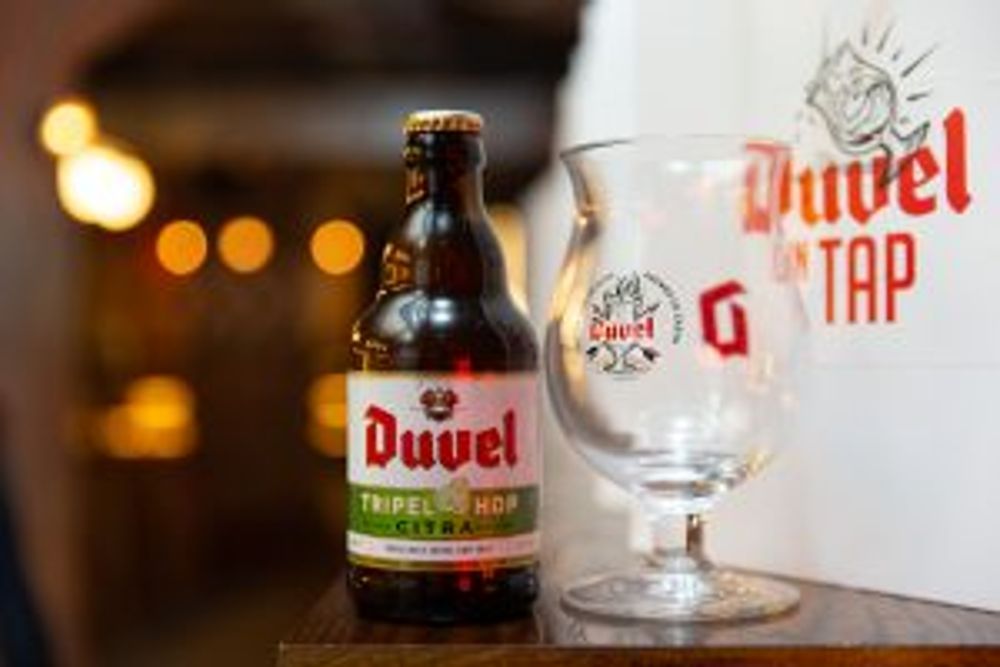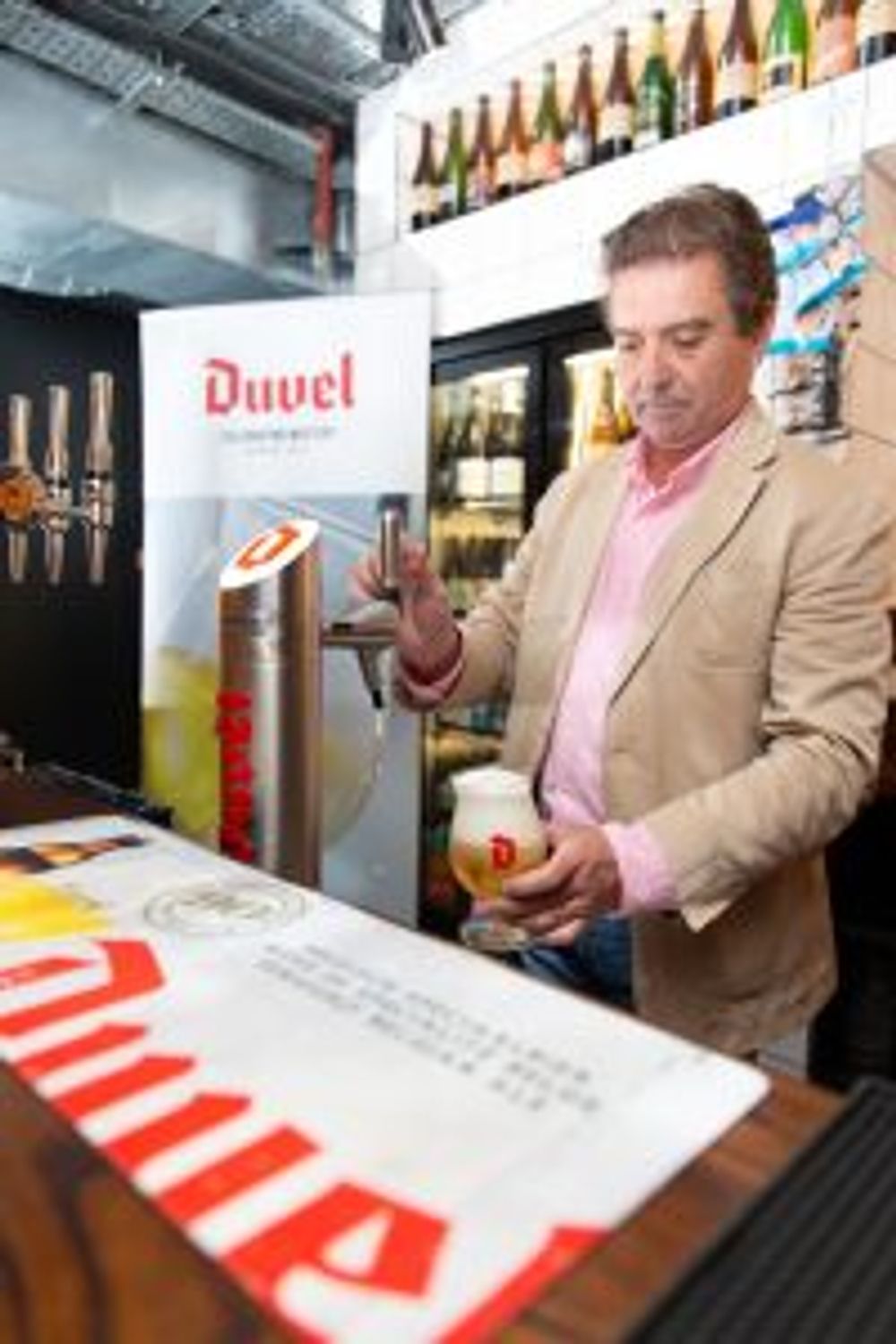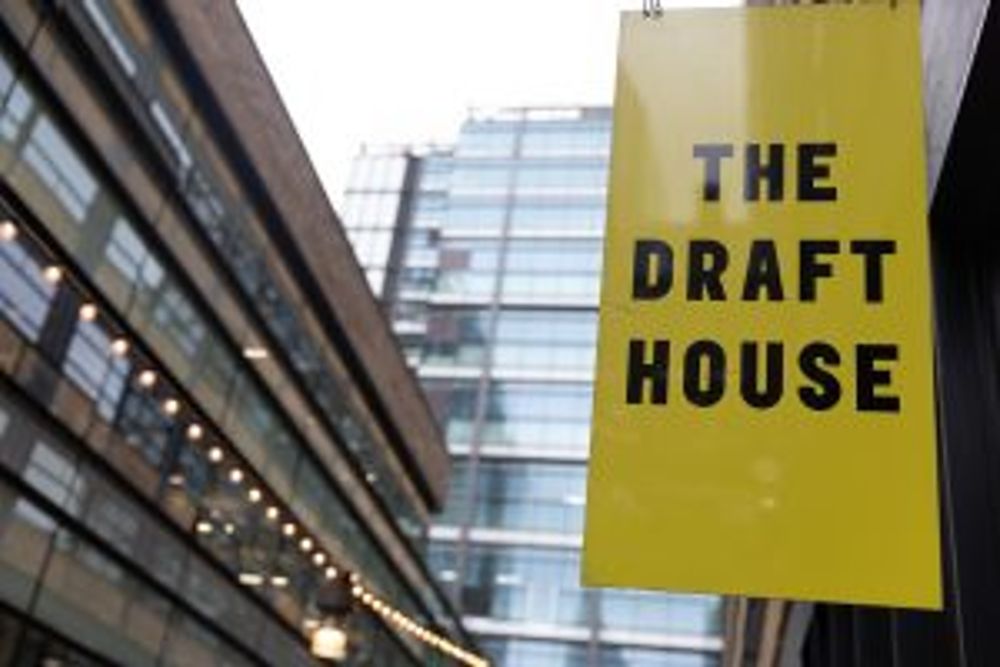Duvel on tap is being trialled in just two bars in the UK, for the time being at least. The complexities of the pressure and the serve means that the under-the-counter set-up is key to getting the ale exactly the same as the bottled version.
It is a tribute to the enduring confidence and popularity of Duvel that when finally arriving on tap in a draught version, the sole objective was to ensure it tastes and behaves exactly the same in the glass as when poured from the bottle. The irony for me is that the bottled version has always seemed like an honorary draft beer anyway with its silky smooth golden body and immaculate head retaining its virgin pallor throughout the drinking.
For many it has become the gold standard for strong silky pale ales, firmly rooted in a tradition impervious to the shifting fashions of modern craft beer. Duvel will not and must not change and we can only assume the move to draught was motivated chiefly by no more than a desire to find an additional route to glass.

It had been thought impossible to replicate the full brewing process including secondary fermentation in a draft version at such high gravity and carbonation. That is why it has taken a full century for this to happen since its direct ancestor first emerged, the “Victory” ale to celebrate the end of World War One. This was a dark brooding ale soon afterwards renamed “nen echten duvel” in the local Brabantian Dutch on account no doubt of its wicked and deceptive strength which continues to claim victims today.
In another irony the original beer was brewed with yeast and expertise provided by McEwan’s of Scotland, some of whose beers became bywords for keg-produced mediocrity in the 1960s and 70s. By that time the Duvel had become fixed in its current recipe and rigorous fermentation process involving three weeks holding at just below freezing point to smooth out the rough edges of flavour and condition the beer for its final secondary fermentation to bring the final ABV up to its 8.5%. That has taken place just in the bottle until now, which called for high levels of carbonation to expel the citrussy aromas of a beer so strong fast enough to suffuse the nose amply from the glass. The bottle’s iconic design was led in part by the necessity for strength to contain the pressure.

Olav Blancquaert, Master Brewer at Duvel and the main developer of Duvel on tap.
The challenge then for the draught version was to deliver the beer at that high level of carbonation in the same condition as the bottle from a standard tap, replicating in full that roundness with just a hint I would say of cool climate Chardonnay, if a little lighter on the butter. This has been accomplished with a single-use beer line replaced with every change of barrel, just 3 mms diameter to throttle back the high carbon dioxide pressure at which the beer is rendered such that it still doesn’t generate too much gas or head in the glass.
Poured correctly by holding the glass at a 45-degree angle to the tap results in an experience indistinguishable from the bottled version. This line can only be 2 meters long which means the 20 litre barrel must be housed just below the tap and kept refrigerated there at precisely 4C in a dedicated unit that is part of the installation kit.
This might deter some smaller more casual hostelries but then they can always fall back on the bottled version which tastes just the same and can, of course, be stored in a conventional fridge. Yet Duvel is finding that having the beer on tap does seem to increase consumption in those French and Dutch bars where the system is now well established.

In the UK Duvel on tap is currently on trial in just two venues, London’s The Draft House in Old Street and Nottingham’s Canalhouse.
































